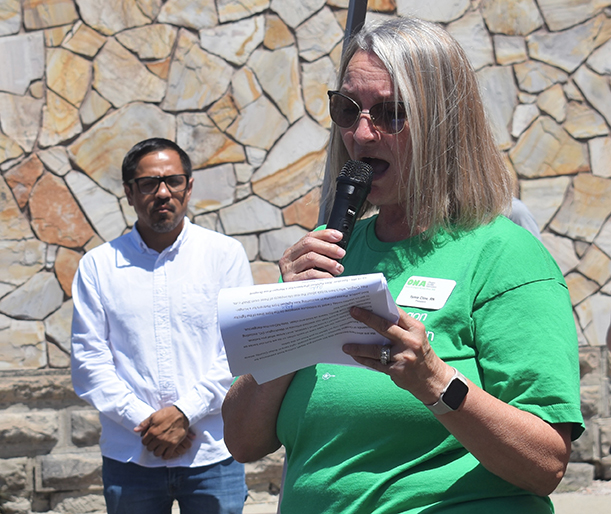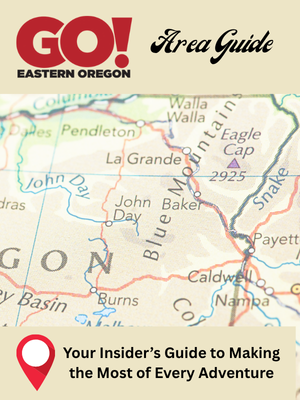Kotek signs new law regulating industrial animal farms
Published 8:00 am Tuesday, August 1, 2023

- Oregon's Senate Bill 85 passed its final hurdle Monday, July 31, 2023, with Gov. Tina Kotek signing it into law. The law will require that anyone applying for a new permit for a Confined Animal Feeding Operation must submit a water-use plan to the Oregon Department of Water Resources, the Department of Agriculture and the Department of Environmental Quality.
SALEM — Farmers planning to create or expand large confined animal farms will face new regulations in Oregon.
Senate Bill 85 passed its final hurdle Monday, July 31, with Gov. Tina Kotek signing it into law. It stems from years of advocacy by environmental and social justice organizations and months of negotiations during the recent Legislative session.
The law will require that anyone applying for a new permit for a Confined Animal Feeding Operation must submit a water-use plan to the Oregon Department of Water Resources, the Department of Agriculture and the Department of Environmental Quality.
CAFOs using more than 17,000 gallons of groundwater per day will need to obtain water rights from the water resources department. Previously, such operations had no limits on groundwater use for their animals, or any reporting requirements.
Kendra Kimbirauskas, owner of Shimanek Bridge Farm in Scio, said this rule is likely to apply to most of the new large chicken operations planned for the area. Most raise broiler chickens for California-based Foster Farms.
“This is a step in the right direction, but it’s not far enough,” Kimbirauskas said. “If we’re going to be serious about protecting rural communities from these kinds of operations there’s more to be done.”
Kimbirauskas and other members of a local group, Farmers Against Foster Farms, had originally wanted the state to enact an eight-year moratorium on any new or expanded CAFO permits, pending a study of their impact on air and water quality. But industrial-dairy and chicken farm owners — along with the Oregon Farm Bureau — opposed a moratorium.
The Farm Bureau “does not have a comment regarding this matter at this time,” according to the group’s spokesperson Mia Pederson.
The law essentially does ban new CAFOs in any of the state’s three critical groundwater management areas by preventing them from getting needed wastewater management permits. The groundwater in these areas — the Lower Umatilla Basin, Northern Malheur County and the Southern Willamette Valley — is so contaminated from farm and industry waste that committees of local stakeholders and Oregon agencies are tasked with cleaning them up.
Besides the water-use requirements, those hoping to get new CAFO permits will need to pass inspections by agriculture and environmental quality officials prior to bringing in any animals, and everyone living within half a mile of new or growing operations will be able to comment before permits are issued. Local governments can also intervene in the permitting process by slowing down what used to be a largely expedited process under the agriculture department.
Hannah Connor, environmental health deputy director at the nonprofit Center for Biological Diversity, said the new regulations are desperately needed but still fall short.
“Oregon has to go further in the next legislative session and expand its protections for wildlife and the climate, and reducing pollution from factory farms is a big part of that.”









